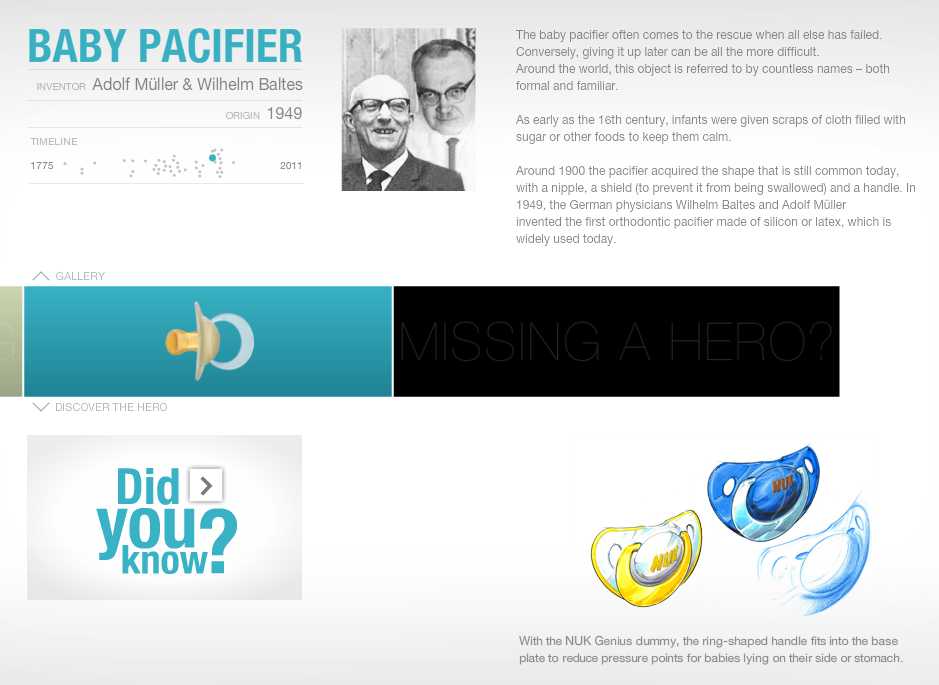
Five Ways Museums Are Reaching Digital Audiences
[Source: Mashable, by Zoe Fox, August 11, 2011]
 If the last time you were in a museum you were being shuffled in a single-file line by an aging docent, you may be surprised by the dynamic lives these institutions lead in the digital world.
If the last time you were in a museum you were being shuffled in a single-file line by an aging docent, you may be surprised by the dynamic lives these institutions lead in the digital world.New platforms are allowing museums to break free of the confines of the academic ivory tower and engage with their communities like never before.
Ian Padgham, former social media guru of the San Francisco Museum of Modern Art says museums started flocking to social media in 2009. Museums initially used social media just to advertise events and exhibits, but quickly jumped into a world of interactive education and user generated content.
From interactive SCVNGR challenges to crowdsourcing information about works of art, more museums are becoming digital-savvy destinations. Here’s a look at some innovative campaigns.
1. Opening the Dialogue
The traditional experience of perusing exhibits can now become a dialogue, thanks to real-time information networks. Museum Nerd, a blogger and social evangelist who shares musings on museum visits, arts advocacy and education, believes engagement is the most important reason for museums to use social media.
During one visit, for example, Museum Nerd asked @MuseumModernArt why there was so much dust in an exhibit. The museum’s communications team investigated and sent a Twitter reply.
“Social media has pushed museums toward being more responsive to the public,” writes Museum Nerd in an online chat interview. “It’s allowed a visitor to let the museum know what they like and what they don’t like about their experience in real time.”
When Padgham spearheaded the San Francisco Museum of Modern Art’s social media accounts (he now works for Twitter), he invited social media followers — the mainstream audience never before prioritized by the museum — to press previews. “It’s not just what The Chronicle says. We want [the local audience] to have a voice and spread the voice.”
Many museum marketers take the potential of their new voices seriously. Francesca Merlino, the Guggenheim Museum’s marketing manager, says her team responds to every inquiry received through the museum’s social accounts.
These social accounts offer a peek behind the scenes of the galleries to show visitors a side of museums never before accessible.
2. Breaking Down the Walls of Inaccessibility
Through social media, museums can tear down the illusion of inaccessibility. During the 2011 Super Bowl, for example, @NOMA1910 (the New Orleans Museum of Art) and @IMAmuseum (the Indianapolis Museum of Art) placed bets via Twitter, showing the public an unexpected collegiality between museum staffers.
 On a similarly sporting note, Padgham changed his museum’s Twitter avatar to the San Francisco Giants logo when they were in the Major League Baseball playoffs. Padgham tweeted that he “… knew the graphic design team would kill him, but Go Giants!” Both the Giants and MLB retweeted the San Francisco Museum of Art.
On a similarly sporting note, Padgham changed his museum’s Twitter avatar to the San Francisco Giants logo when they were in the Major League Baseball playoffs. Padgham tweeted that he “… knew the graphic design team would kill him, but Go Giants!” Both the Giants and MLB retweeted the San Francisco Museum of Art.“The San Francisco Museum of Modern Art is no longer a place you go to,” says Padgham. ”Art can be a part of your hometown spirit. There’s a freedom to no longer be this very proper institution.”
The Guggenheim Museum’s social following reflects its largely international audience. Approximately 70% of its annual visitors aren’t from the U.S. “Social media is really an opportunity to connect with our global following,” Merlino says. The museum has been running user-generated campaigns such as a partnership with YouTube Play to create great online short videos. The competition culminated in a screening and livestreaming of the top 25 entries. To honor the museum’s 50th birthday, the Guggenheim’s followers uploaded images re-imagining its iconic rotunda. The museum also teamed up with Google SketchUp designers to create and place 3D shelters on Google Earth.
These user-generated content campaigns created the greatest periods of growth and active engagement with the museum, Merlino says.
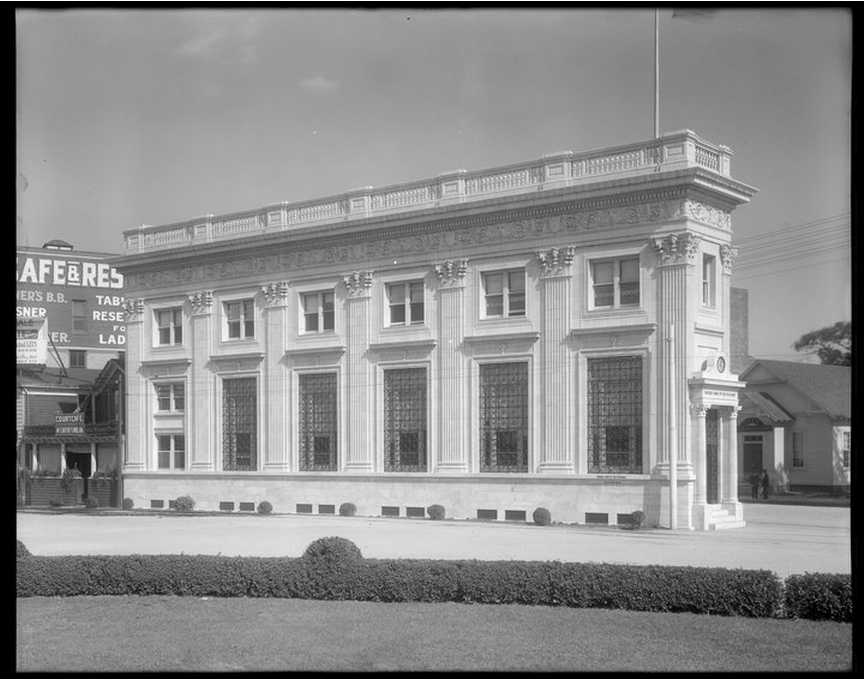
Crowdsourcing is a great way to maximize a diverse following while also creating popular content. Each Thursday, the Museum of the City of New York posts a piece of artwork along with a mystery building on Facebook. Respondents are challenged to identify the unknown location and validate their responses with proof.
Twitter followers of the Tate Modern might even create art for the museum. The Tate is calling for volunteer artists to paint vignettes to be included in an upcoming exhibit.
3. Emerging Cultural Aggregators
For your average fan of the arts, the proliferation of online cultural hubs has created an overabundance of information. “I don’t have time to read 50,000 posts from different institutions,” says Padgham. “I want to find people curating a perfect synthesis. Those will be the next celebrities.”
Museum Nerd is one of those Internet celebrities. @MuseumNerd began tweeting in September 2008. Today, more than 67,000 people follow the flagship Twitter account. Museum Nerd’s social presence now includes a blog, Facebook page, Flickr stream, Foursquare account and Tumblr, as well as some external writing.
4. Mobilizing Visits
Most museum-goers aren’t going to turn off their phones during a visit. Rather than fight the tide, many museums are integrating mobile into their exhibits. Museums are adopting apps like Sparkatour to guide visitors instead of relying on chunky audio guide devices. The app allows small to mid-sized museums to add audio to all of their video and visual content.
Museums are creating fun competitions out of their exhibits using SCVNGR, a social, location-based gaming platform. For example, the Smithsonian hosted a SCVNGR hunt through nine of its museum’s most popular exhibits between June 24 and July 26.
Foursquare rewards and badges are also a great way for museums to acknowledge their social followers. During the summer, the Penn Museum will give away free drinks to the first 10 visitors who check in after 5:00 p.m.
5. The Digital Museum
For patrons who are physically separated from the museums they’d like to visit, digital museums are popping up across the Internet. Here are six museums you can visit without leaving your computer.
Mural Explorer digitizes Philadelphia's anti-graffiti, pro-mural initiative, which aims to make the city one of the world's largest outdoor art galleries. You can view murals by neighborhood and read the stories behind the artwork.
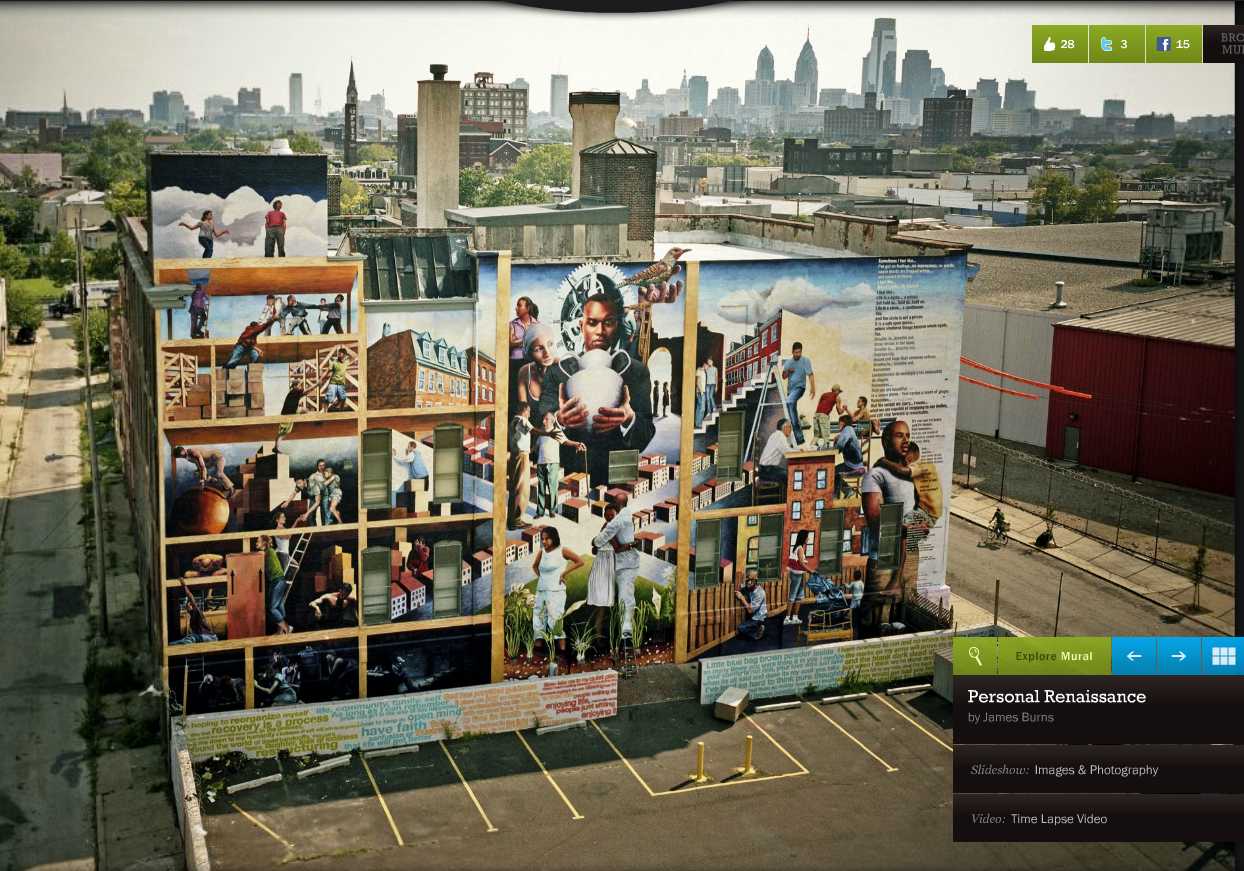
Google joined the digital museum bandwagon this February with the launch of the Google Art Project, offering a street view-like experience of 17 of the world's most famous museums.
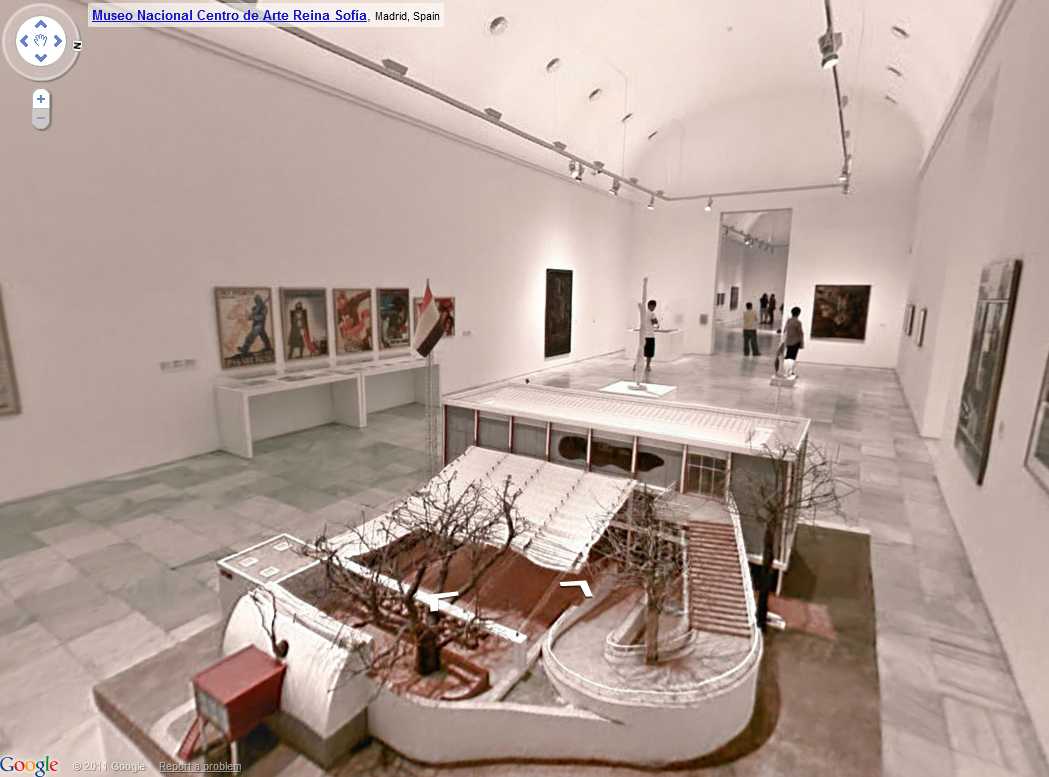
No setting would make more sense for the Adobe Museum of Digital Media than the world wide web. This museum's content focuses on the evolution of the digital space.
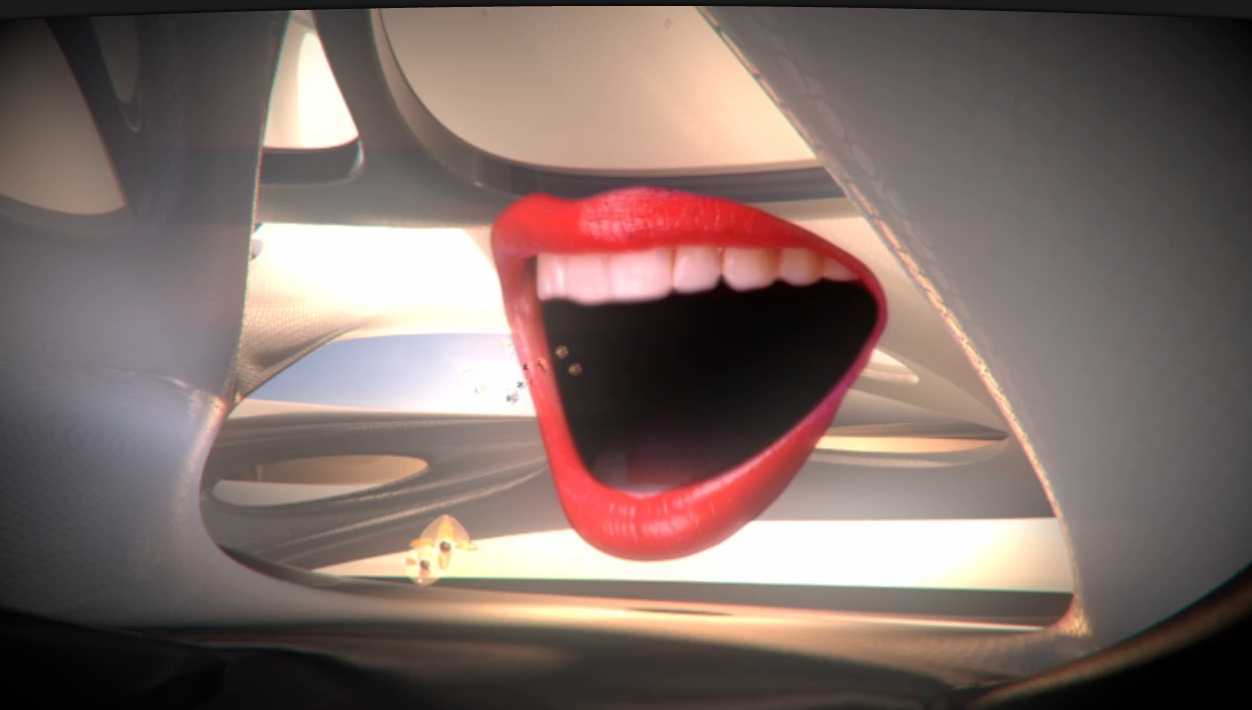
Impressionism enthusiasts can tour the Galeries Nationales of the Grand Palais' exhibit "Claude Monet: 1840-1926" without having to buy a plane ticket to Paris. "Monet 2010" is an innovative, Webby Award-winning look at the artist's portfolio.
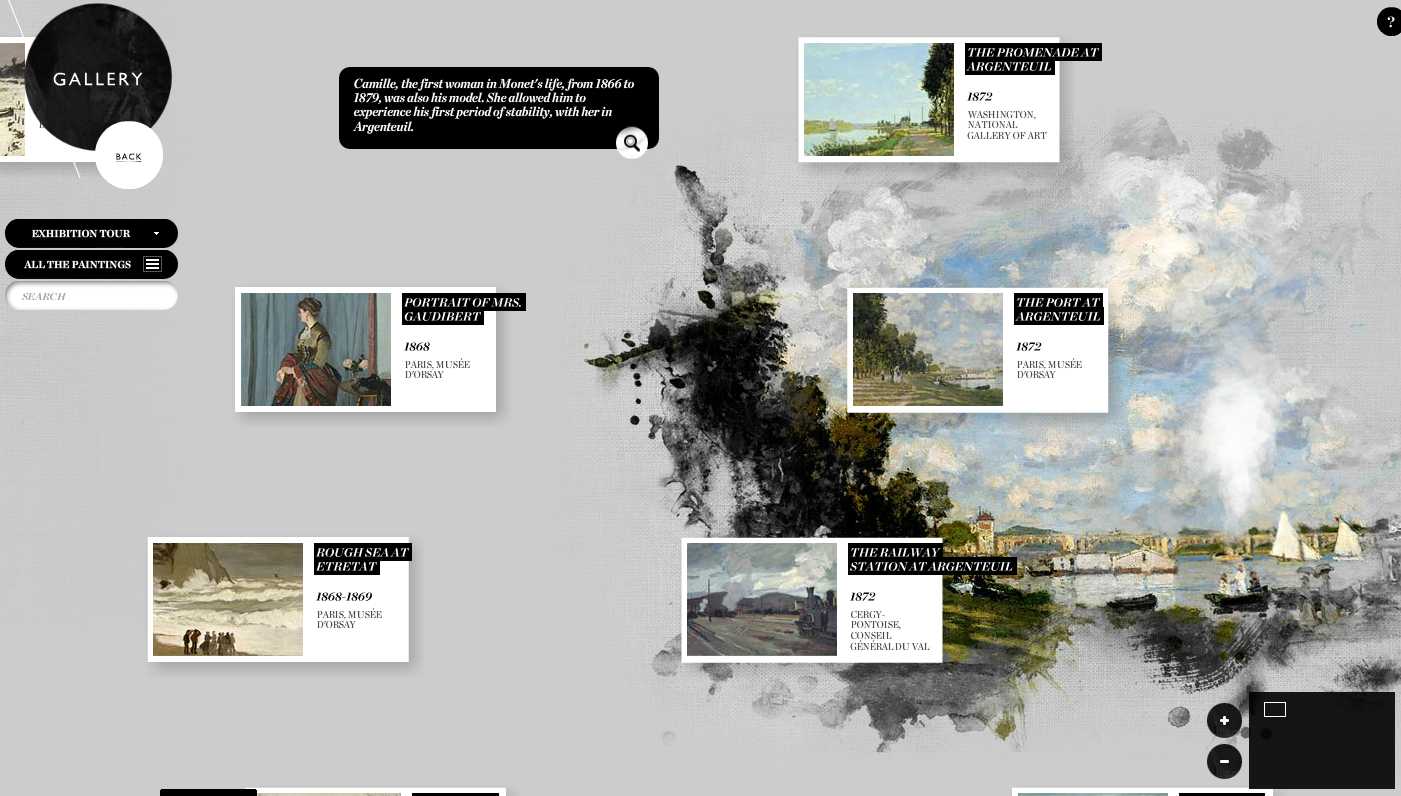
If you can't make it to Amsterdam, The Secret Annex Online offers an interactive tour of the Anne Frank house, the famed home of the young Holocaust diary writer.
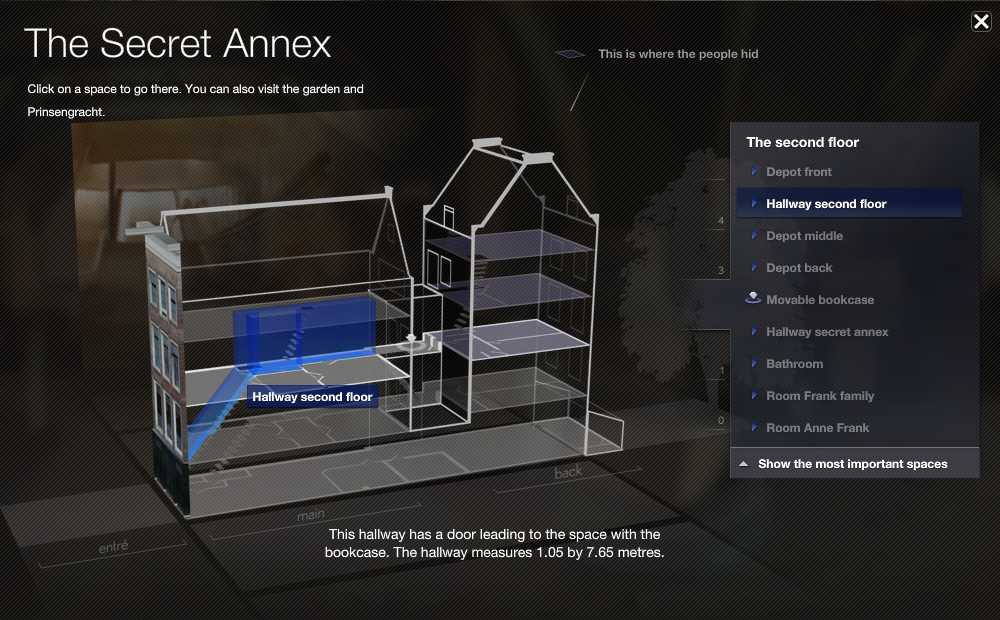
Hidden Heroes simultaneously developed a web-based exhibit on thankless technology (think shipping containers and tea bags), as well as a traditional walk-though exhibit touring different cities.
